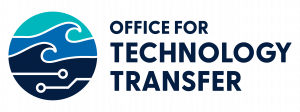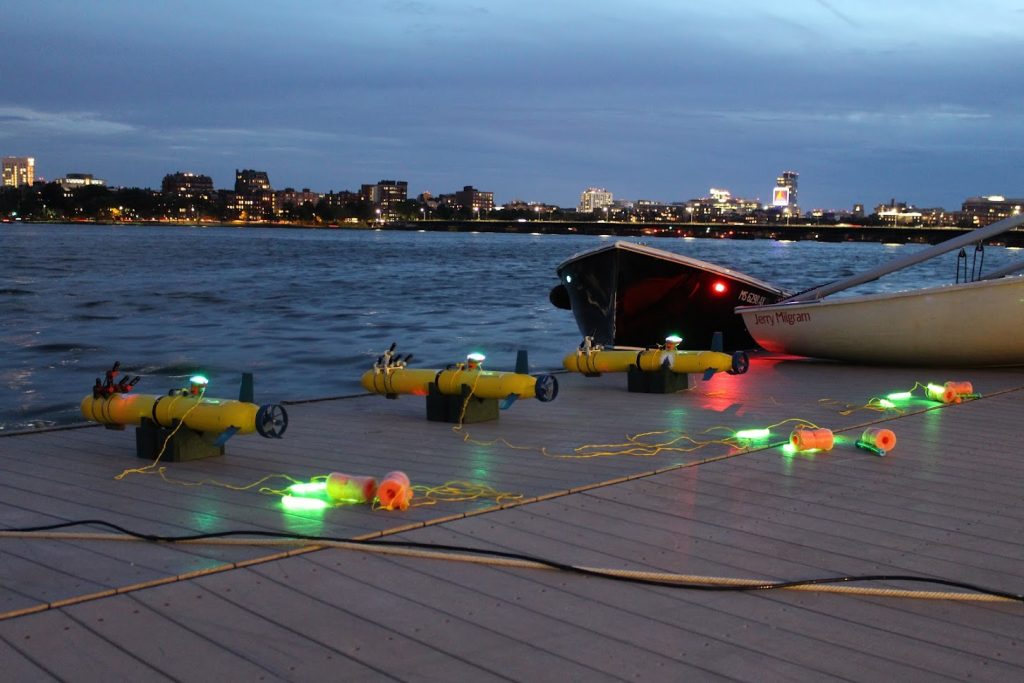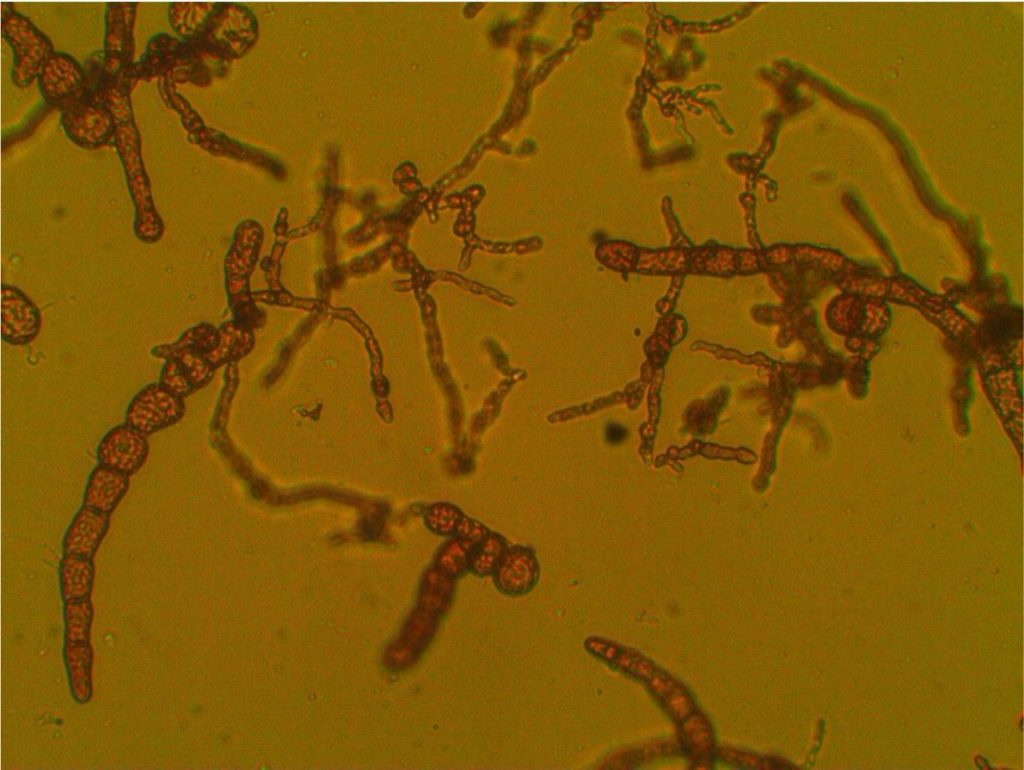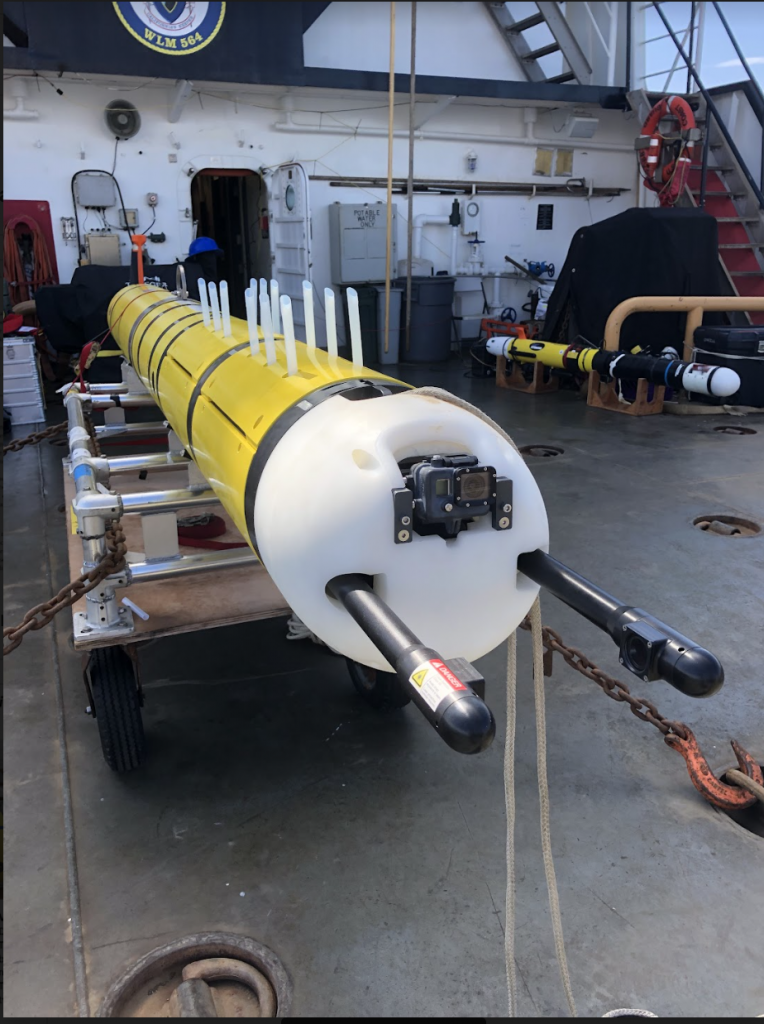New Technologies
WHOI Engineers Work to Adapt Swarming Capabilities for Low-Cost UUVs
In aerial and terrestrial applications, robotics swarms allow mission adaptability, robustness, and scalability. In aerial and terrestrial applications, access to GPS data and high-speed communications allows robotic swarms to operate functionally; however, expanding swarming capabilities below the ocean surface remains a significant challenge. Implementing swarming techniques for underwater missions requires structured, accurate clocks and communications…
Read MoreInnovative, new “road map” for kelp crop improvement
Woods Hole Oceanographic Institution and University of Connecticut license kelp germplasm collection to Bigelow Laboratory for Ocean Sciences Woods Hole, MA – Woods Hole Oceanographic Institution (WHOI), the University of Connecticut, and Bigelow Laboratory for Ocean Sciences have executed a license agreement for a kelp germplasm, or collection of microscopic cells called gametophytes, containing more than 1,200 samples all…
Read MoreWHOI Engineers Invent Sampling System for AUVs used in Oil Spill Response
The oil that enters aquatic environments can have significant ecosystem impacts. Most spilled oil from platforms and vessels floats on the water surface, but spills under the water can be more challenging to detect and observe. Underwater oil spills require additional observation measurements from remote sensors, surface vessels, and remotely operated and autonomous vehicles, which…
Read More




